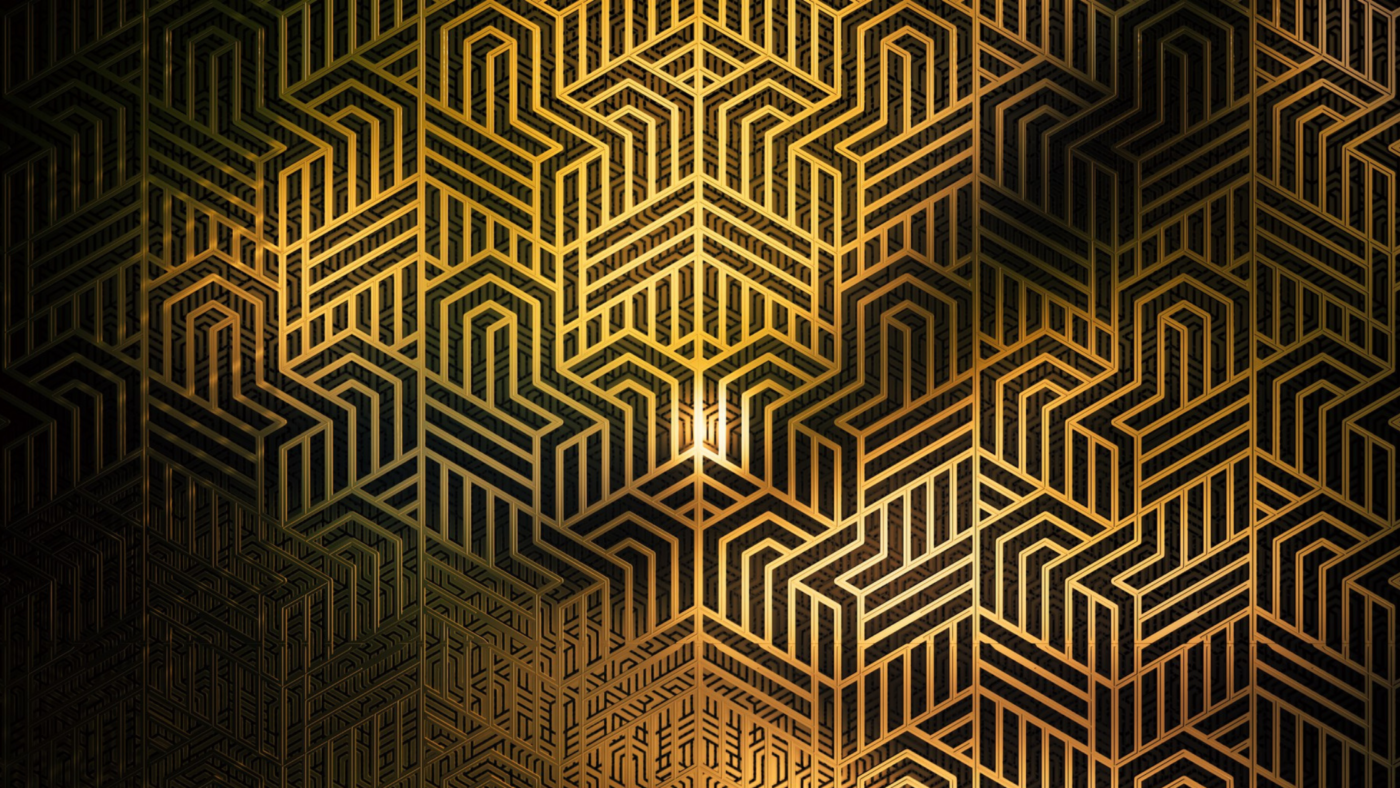Mirror Mania Tips
Your Art Deco Interior Design Guide
Full article with thanks to: thespruce.com/decorating-in-art-deco-style-1976535
Decorating in the art deco style means embracing a period that was popular in America and Europe during the 1920s and 1930s. It was a stark contrast to the more minimalist, nature-inspired art nouveau that preceded it. Like art nouveau, art deco affected all areas of the decorative arts, from interior design to fashion and car design. It emphasized modernity and machines, and at the same time, it was considered elegant and functional.
Art deco survived through the roar of the ’20s, the Depression of the ’30s, and the global conflict that engulfed the ’40s. It finally fell out of favour during the ’50s, giving way to the streamlined look of midcentury modern style. Art deco is now experiencing a resurgence with period pieces and reproductions in this iconic style highly sought after. If you’d like to add a bit of art deco flair to your living space, here are the motifs, materials, and elements of what to look for at a glance.
Common Motifs of Art Deco Style
The bold, fluid and symmetrical motifs, patterns, and themes of art deco symbolized technological progress in various industries from transportation to architecture that transformed the country. Geometric, linearity, and angular forms characterize art deco design. The look is strong and bold with no fussiness or romance insight. When you’re seeking art deco-inspired furniture or accessories, look for several regularly occurring motifs, including:
- Trapezoidal shapes
- Zigzag patterns
- Chevron patterns
- Stepped forms
- Sweeping curves
- Sunburst shapes
- Triangular shapes
- Stylized wildlife
- Sensuous, sometimes abstract, nude females
- Jagged, pointed edges inspired by skyscrapers (such as the Chrysler building)
Tourism’s Influence on Art Deco
Travelling overseas to participate in safaris or to visit ancient pyramids became popular during the 1930s. These trips greatly inspired the use of animal patterns (such as zebra) and hieroglyphic symbols which are commonly found in art deco decor.
Common Materials of Art Deco Style
Certain materials define art deco design. For example, the generous use of gold and steel in art deco architecture, furniture, and accessories paid homage to the wealth that new industries created at the time. The categories of materials used in the art deco period include:
- Upscale upholstery fabrics for seating and headboards like a shark, velvet, and zebra skin
- Stainless steel, mirror and chrome, glass, and lacquer as materials for furnishings and accessories
- Expensive materials for high-end furnishings and accessories such as ebony, zebrawood, and marble
Elements of Art Deco Style
The art deco style was all about making a big statement in interior decorating and architecture. If you love art deco and want to surround yourself with a piece or two from the period, it’s possible to combine art deco with other styles. For instance, incorporating a few art deco-inspired curvilinear or mirrored pieces into a room with otherwise traditional furnishings adds visual interest and a unique flavour to your decor. Here are elements of art deco design to look for so you can add a vintage modernist look to your home.
Colours
The colours of the art deco period are striking and bold. Colours are often paired or punctuated with high-shine silver, chrome, or black accents.
- Favourite colours of the era include bright and deep yellows, reds, greens, blues, and pinks.
- Softer colours of that era include creams and beiges, many of which were used in living rooms, dining rooms, and bedrooms.
- Neutral colours mix well with polished wood and lacquered furniture common to the period.
Furniture
Art deco furnishings are large in scale, streamlined in silhouette, but lack frills or intricate detailing. Big sideboards, armoires, and generously sized chairs are typical of the period. The popularity of safari vacations at the time inspired furniture with elegant mother-of-pearl or tortoiseshell inlays.
Fabrics
Besides shark skin and zebra skin, art deco-inspired upholstery fabrics include velvets and leathers. Overly feminized florals or decidedly masculine plaids are not considered to be part of art deco decor. Instead, lean towards solid colours or textiles with geometric designs. Also, upholstered furniture with solid, contrasting blocks of colour is considered art deco design.
Flooring
If you have wood flooring in a herringbone or parquet pattern, or with simple inlays that create a shape such as a sunburst, you already have elements of art deco in your room. Other motifs showed up underfoot in linoleum or tile, such as black-and-white checkered flooring or cube patterns with optical illusion designs. Beautifully bold art deco-inspired floors are often overlaid with large rugs in equally loud geometric patterns.
Lighting
Perhaps one of the easiest and most eye-catching ways to bring art deco into your home is with light fixtures that characterize the period. Lighting fixtures of the era are known for their geometric and symmetrical patterns. They have more detail than other elements of art deco design and feature three common design elements:
- Fixtures with clean aerodynamic modern lines and silhouettes with minimal detailing
- Fixtures with shades made of etched glass or chrome with stepped or elongated shapes that depict skyscrapers
- Shades with fanned-out shapes obscuring the bulbs
What Is Opal Glass?
Opal glass, also referred to as milk glass for its translucent white finish, was invented in Italy long before the art deco period. However, it was used widely for shades on lighting fixtures during the art deco period.
Full article with thanks to: thespruce.com/decorating-in-art-deco-style-1976535
Did you enjoy that? Why not share this article.
Looking for unique, handcrafted art deco pieces? Explore our online shop for your next interior piece!


